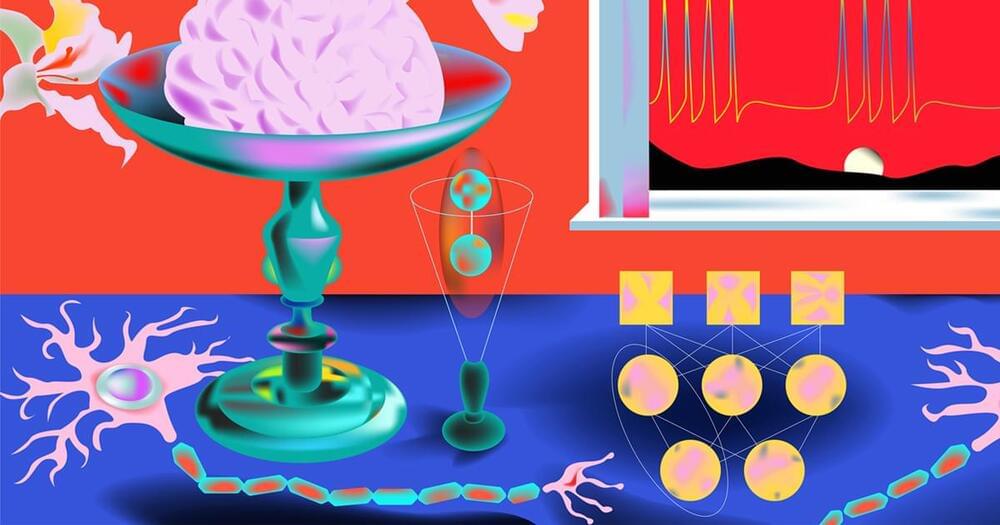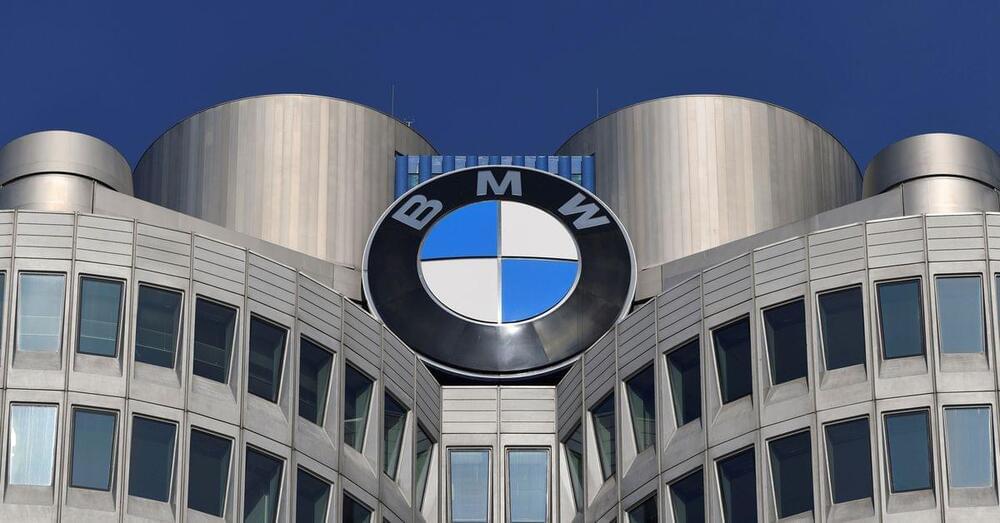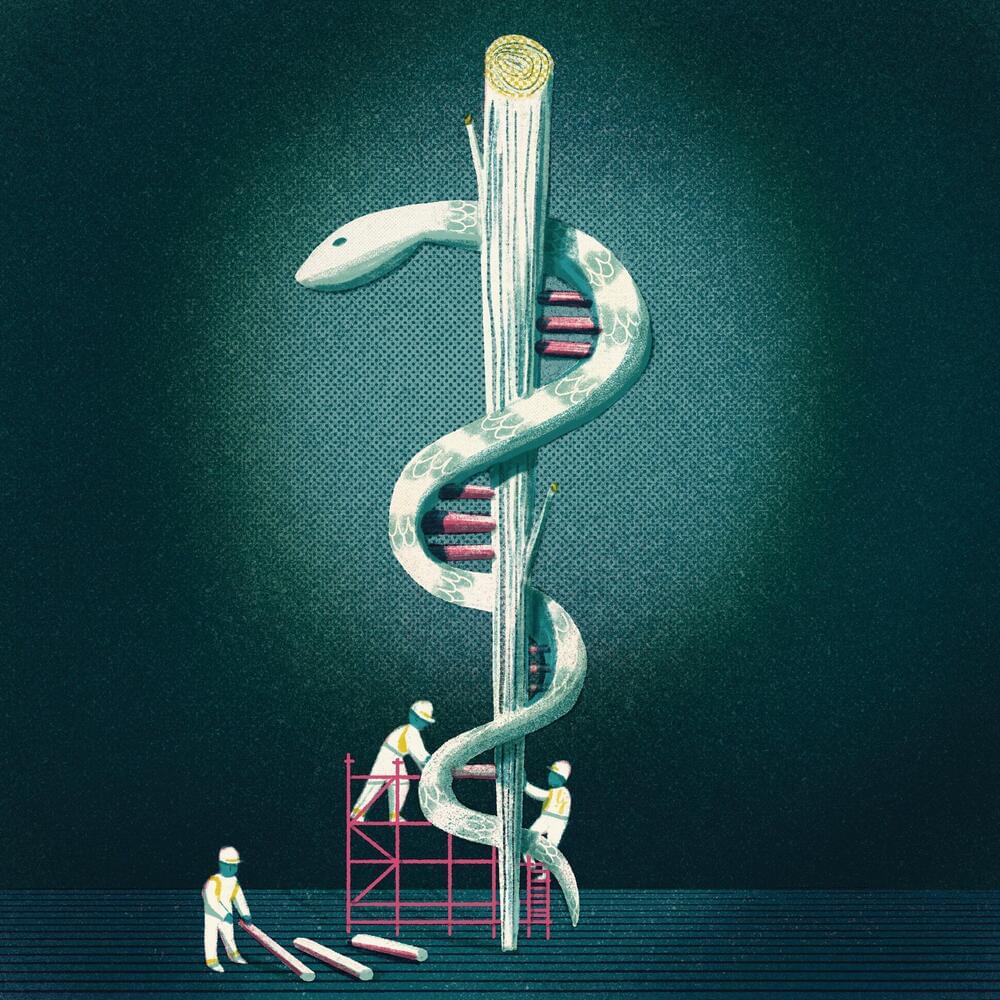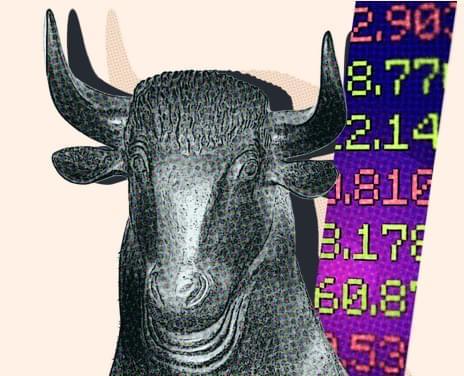LONDON, Oct 20 (Reuters) — Executives, beware! You could become your own worst enemy.
CEOs and other managers are increasingly under the microscope as some investors use artificial intelligence to learn and analyse their language patterns and tone, opening up a new frontier of opportunities to slip up.
In late 2,020 according to language pattern software specialist Evan Schnidman, some executives in the IT industry were playing down the possibility of semiconductor chip shortages while discussing supply-chain disruptions.









